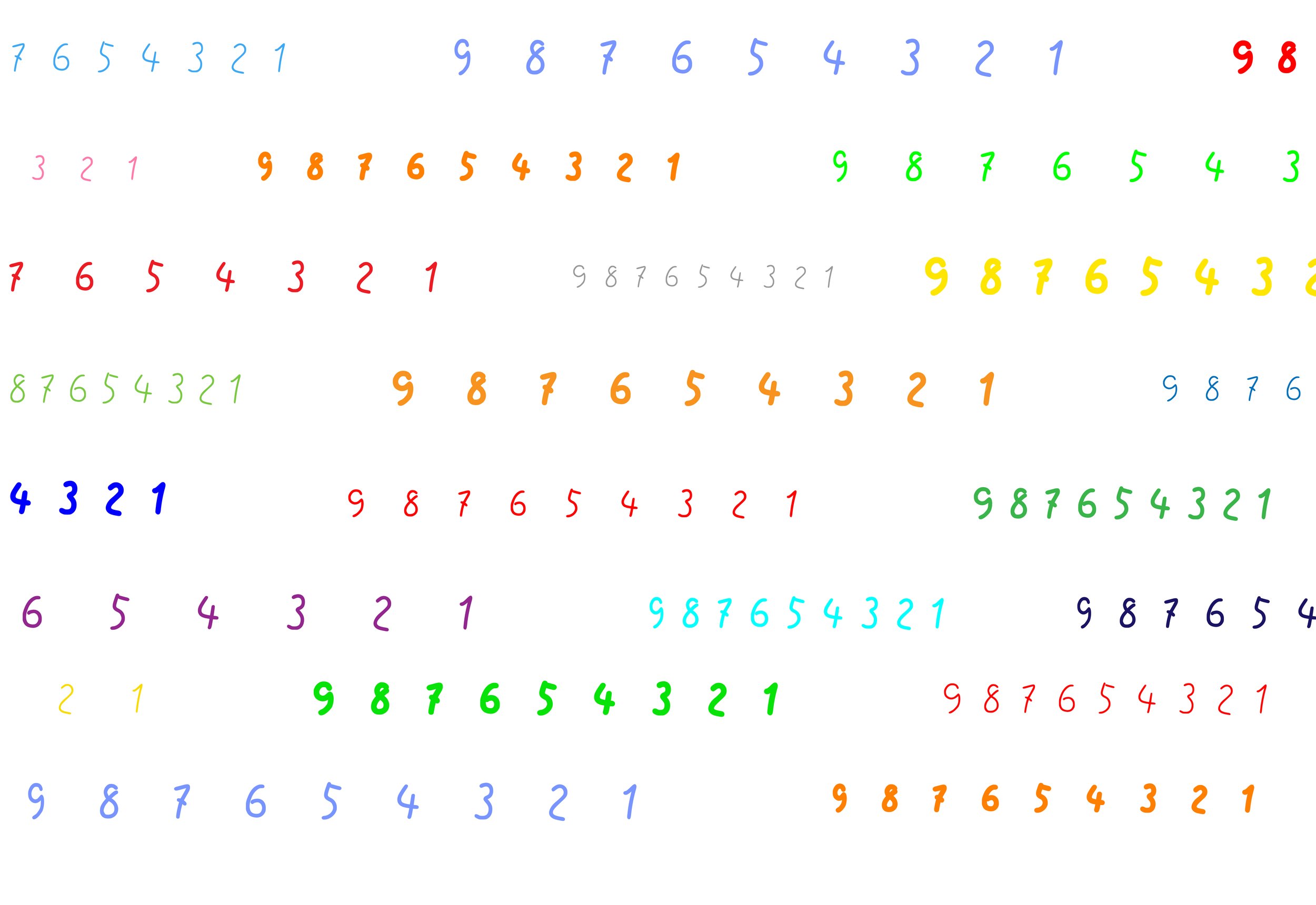
Counter Voice Network consists of voices of counting in various languages by their native speakers. The spreading of sound waves through the intangible canvas of space is not just a physical phenomenon but also a carrier of culture and history. Language, being a vital aspect of culture, expresses the unique stories of its speakers, history, beliefs, and values. At the heart of human communication, sound is a fundamental component that helps unfold these linguistic expressions and reveals the rich tapestry of human experience. Through the mingling of voices counting in various languages, Counter Voice Network creates an immersive and dynamic experience that offers a unique glimpse into the diverse cultures and histories of people from all over the world.
To bring this artwork to life, Miyajima is aiming to incorporate voices from over 100 different regions. The completed installation will be presented in both physical and online exhibitions, engaging the audience in two interactive ways.
ABOUT
In Counter Voice Network installation, voices are played on loop through distinct audio speakers. Each voice is attached to a daily object, much like life clings to its vessel and existence. They can be heard either individually as you approach, or simultaneously as you walk in the space. Ripples of acoustics rise and fall, overlapping each other to create a special harmony that is both pleasing to the ear and unique in its complexity. Echoes of counting voices add one more layer of rhythm to the harmony, as each language has its own distinctive cadence and tempo. The whole site acts like a huge living canvas, and each voice is a vibrant, organic brushstroke that creates tides of sensation on it.
Additionally, the silence between the counts opens a space of another dimension that allows listeners to breathe and to feel the unique rhythm of each life cycle. With the repetition of these sequences, Counter Voice Network creates an endless pattern of reincarnation that goes on continuously and non-linearly—a pattern of life and death in a broad sense to which the world is bound.
A dynamic experience
Numbers are commonly associated with time in an intuitive way. Although often used as a tool for quantification, they have far greater significance beyond measuring functions. Numbers serve as a universal model of communication that transcends cultural and linguistic barriers, allowing for the sharing of ideas and concepts across time and space. To take a step further, human perception is intimately intertwined with the invention of numbers.
In Miyajima’s concept, voices countdown from the number 9 to 1 while 0 is in silence. Through repeated counting cycles, the numbers between 9 and 1 symbolize the constant presence and impermanence of life. The absence of 0 represents “death,” a transitional state where both nothingness and infinity is implied, and evokes that death is an essential step towards liberation and enlightenment, making it equally important to life itself.
why numbers?
Born 1957. Graduated from
Tokyo University of the Arts.
Now lives and works in Japan.
Tatsuo Miyajima was invited to the Venice Biennale in the young artist’s section in 1988, where his LED works of digital numerals attracted international attention. Since then, he has held numerous exhibitions in Japan and abroad. In 1997, he won the first prize at the University of Geneva Competition; in 1998, he received the 5th Japan Contemporary Art Promotion Award; the same year, he received an honorary doctorate from University of the Arts London. From 2006 to 2016, he served as Vice President of Tohoku University of Art & Design; from 2012 to 2016, he served as Vice President of Kyoto University of Art and Design. In 2020, he received the Minister of Education, Culture, Sports, Science and Technology’s Art Encouragement Prize from the Agency for Cultural Affairs.
Miyajima’s representative works include Mega Death, Sea of Time, Time Waterfall, etc. Major Collections include Mori Art Museum (Japan), Benesse Art Site Naoshima (Japan), Museum of Contemporary Art Tokyo (Japan), Hiroshima City Museum of Contemporary Art (Japan), Hara Museum of Contemporary Art (Japan), Headquarters of TV Asahi (Japan), Tate Collection (UK), British Museum (UK), Foundation Cartier pour l’art contemporain (France), Lenbachhaus Museum (Germany), National Gallery of Canada, San Francisco Museum of Modern Art (USA), Denver Art Museum (USA), Taipei Fine Arts Museum (Taiwan), Leeum Samsung Museum of Art (Korea), etc.
